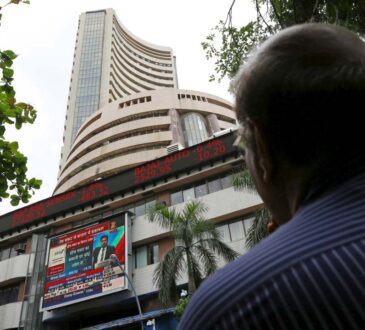If this is a stock market correction, here’s how history says it will unfold

The recent retreat in the stock market has made many worried about a deeper correction. Lingering inflation concerns, rising Treasury yields and a shifting outlook for Federal Reserve interest rate policy prompted a market pullback, with the S & P 500 almost 4% off its 52-week high as of Tuesday. Last week, the equity benchmark suffered its worst weekly performance since October 2023. The good news is that corrections are fairly common in bull markets, and the speed of recovery is relatively fast. There have been 24 corrections since the World War II with an average decline of 13.9% that last about four months, and it took the S & P 500 four months to recover all that was lost in the decline, according to Sam Stovall, chief investment strategist at CFRA Research. A correction is defined as a 10% decline in one of the major U.S. stock indexes, typically the S & P 500 or Dow Jones Industrial Average, from a recent 52-week high close. If the decline is 20% or greater, it’s considered a bear market. Going back to 1990, the market fell an average of 14.7% in a correction and was able to recoup the losses in the correction in only three months, CFRA’s data shows. “History once again reminds us that, for long-term investors, it has typically been better to buy than bail,” Stovall said. .SPX 1Y mountain S & P 500 More to go? From a technical perspective, the S & P 500, trading around 5,060, is now firmly below its 50-day moving average — which points to more trouble ahead, according to BTIG chief market technician Jonathan Krinsky. “This correction likely has more to go,” Krinsky said in a note. “While we can see short-term relief rallies at any point, as long as SPX is under 5114, the risk is to the downside.” Other than the risk of inflation reaccelerating, the market is also grappling with the unprecedented turmoil in the Middle East. The heightened geopolitical risk led U.K. investment bank Liberum Capital to call for oil to surge to $100 and a stock market correction as big as 10%. Marko Kolanovic, JPMorgan’s chief market strategist and co-head of global research, is also warning about a sharper pullback ahead. “For a market reliant on immaculate disinflation, a dovish Fed reaction function, and diminishing tail risks on growth, the continuation of hot growth and inflation data can bring us to a tipping point where a tighter stock vs bond risk premium finally produces a market correction,” he said in a note.


